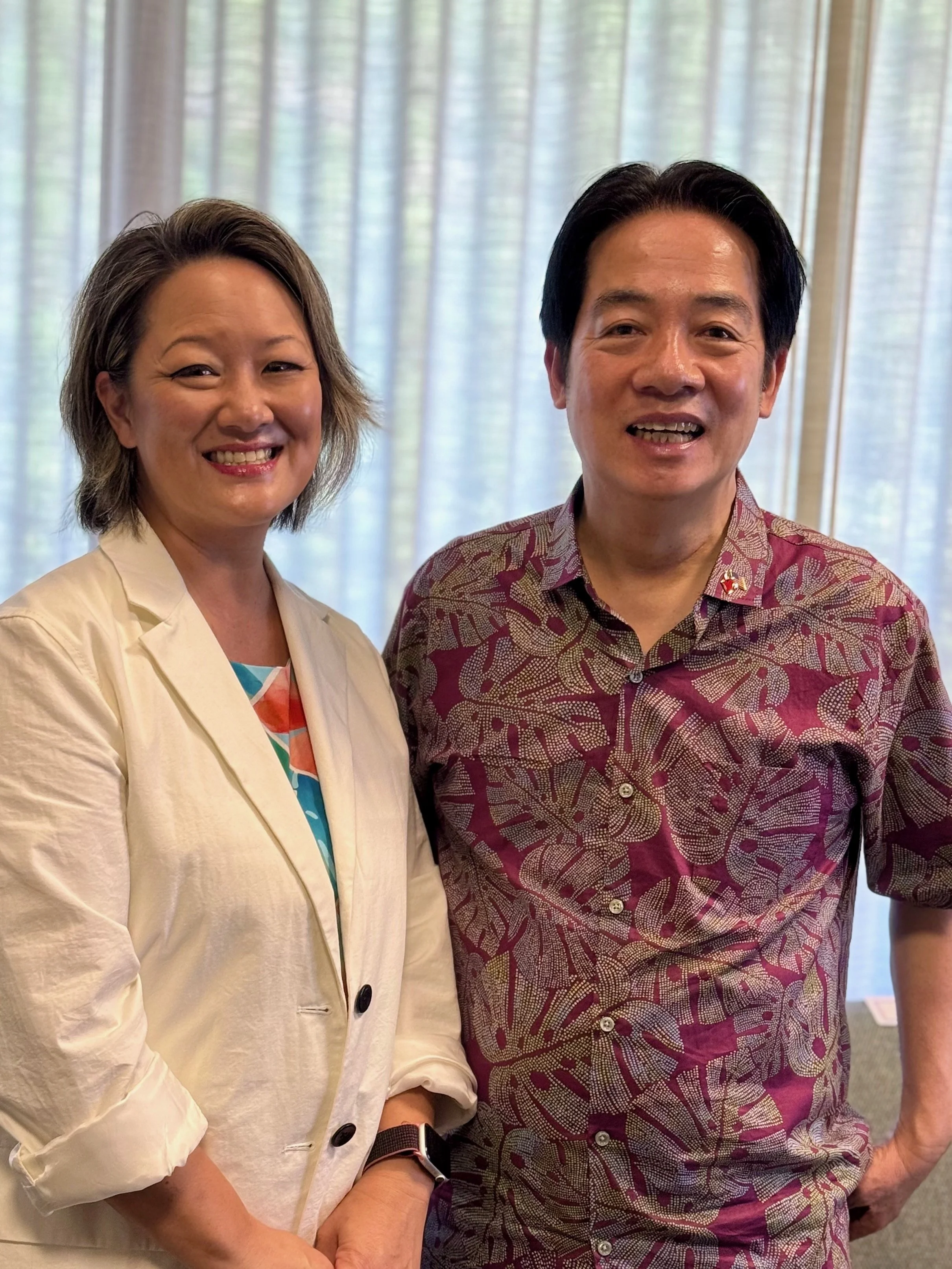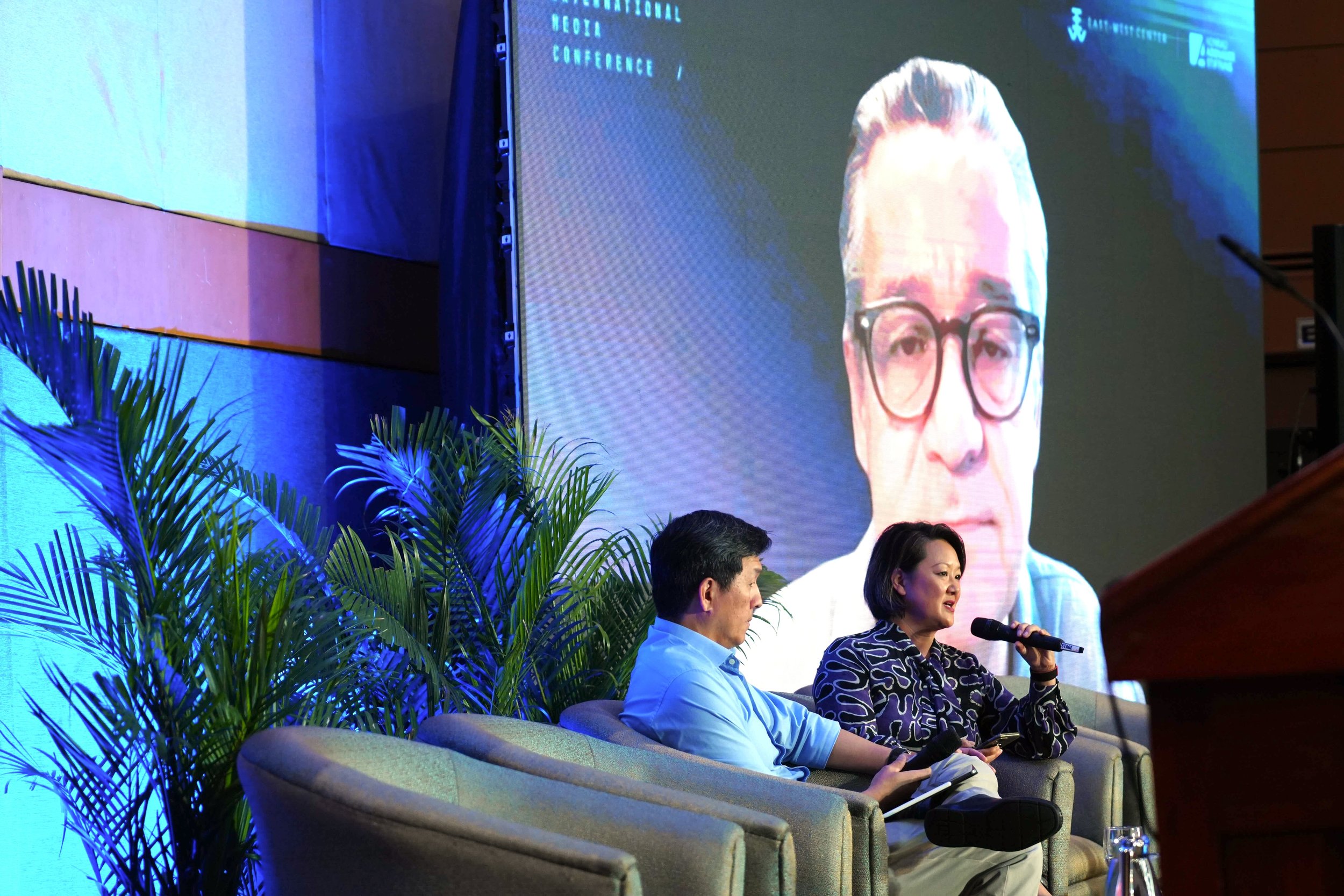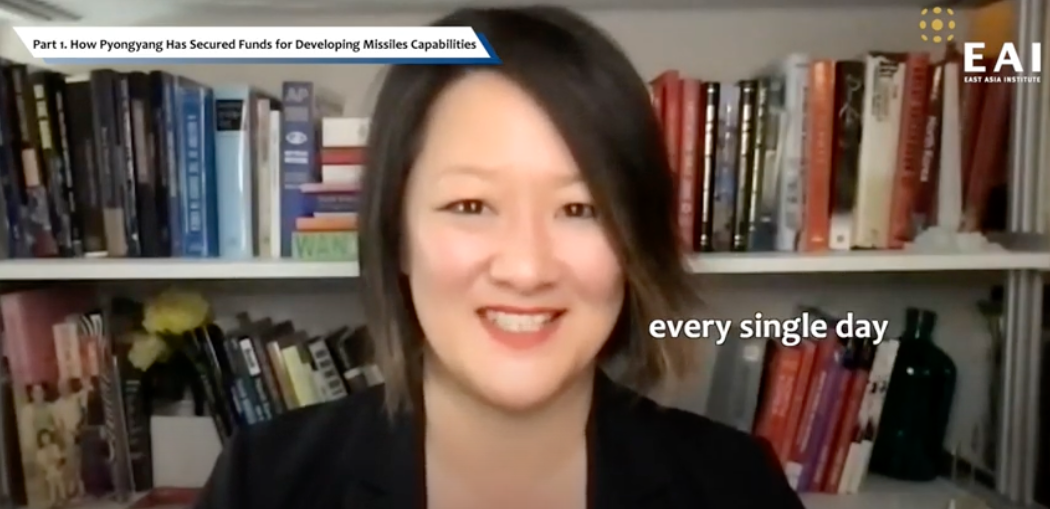Daily life in North Korea in the Kim Jong Un Era
The East Asia Foundation hosted the 21st EAF seminar on December 2nd. Ms. Jean Lee, the Associated Press’s first Pyongyang bureau chief, spoke about her time in North Korea. Ms. Lee was responsible for establishing the Associated Press’s presence. Interest regarding life as a foreign journalist in North Korea drew one of the largest crowds of the year. By the time Ms. Lee’s presentation concluded, the audience had filled the room to capacity.
With the creation of the Pyongyang AP office, the Associated Press became the first Western news organization to establish a full-time text and photo presence in a country known for controlling information. The challenge presented by such restrictions would persist throughout Ms. Lee’s time in North Korea. Despite such challenges, Ms. Lee continuously trail blazed by acquiring unprecedented access to a wide variety of new content. Pushing forward the frontier of foreign access to North Korea, Ms. Lee also utilized new mediums like and to cover North Korea. She went on to describe daily life and the unique challenges of adjusting to life in Pyongyang.
Of course, this generated a lot of interest within the audience and led to a lively discussion about the ins-and-outs of daily life in North Korea. An interesting development within Pyongyang has been the introduction of foreign language programs on North Korean television. Also, the KCNA has begun to include images and stories about South Korea into their news cycle. While the context of such news programs remains one-sided, its overall implications suggest an increasing curiosity about life outside of North Korea.
Food is another area of daily life that drew the attention of participants. In the past, North Korea relied heavily upon its Public Distribution System to feed people. The famine during the 1990’s eventually led to its breakdown. Pyongyang’s shops have developed over time to now include foreign imports. These imports differ from rations in that they require hard currency in order to purchase. Considering the nature of employment in North Korea, the price of such foreign goods often elevates them out of the reach of ordinary people. Another interesting surprise about life in Pyongyang involved the use of newer forms of payment. Debit cards and electronic payment systems are becoming more common throughout Pyongyang. These types of financial services have drastically improved the ability of customers being able to provide payment without having to worry about carrying exact change.
Once outside of Pyongyang, the situation becomes almost entirely different. As one travels further off the main highways, the road conditions rapid deteriorate. Part of this problem stems from improvised solutions to overcome the famine of the 1990’s. In an effort to boost agricultural production, hilltops were stripped bare to create more farming land. Unfortunately, deforestation led to devastating runoffs during heavy downpours that washed out roads and houses. This issue was highlighted while discussing difficulties involved in reaching rural areas during Ms. Lee’s travels outside of Pyongyang.Overall, the take away from this month’s seminar is that economic progress is being made in North Korea. Economic development can be seen in various facets of life. Although access remains a persistent challenge, the introduction of foreign journalists has created an opportunity. Leveraging access in a way readers can connect with has helped raise awareness of issues concerning North Korea.
Written by Kevin Tarvin
(Intern, East Asia Foundation)




















Leading U.S. experts and former officials to identify actionable policy steps the White House and Congress should take to address the growing threat from North Korea.